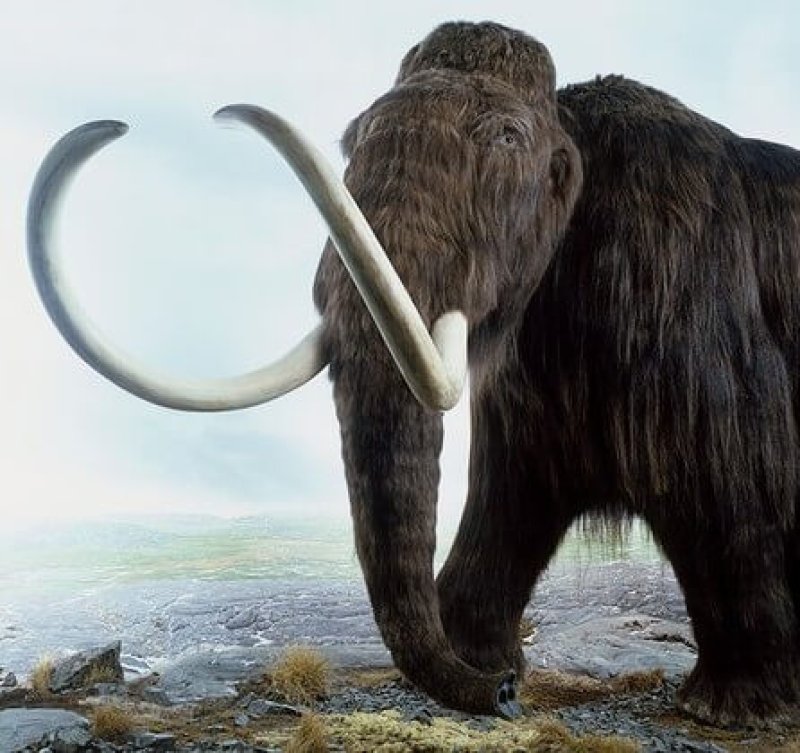The woolly mammoth vanished from the Earth 4,000 years ago, but now scientists say they are on the brink of resurrecting the ancient beast in a revised form, through an ambitious feat of genetic engineering.
…
“Our aim is to produce a hybrid elephant-mammoth embryo,” said Prof George Church, the scientist leading the “de-extinction” effort. “Actually, it would be more like an elephant with a number of mammoth traits. We’re not there yet, but it could happen in a couple of years.”
…
Church said that these [genetic] modifications could help preserve the Asian elephant, which is endangered, in an altered form. However, others have raised ethical concerns about the project.
Matthew Cobb, professor of zoology at the University of Manchester, said: “The proposed ‘de-extinction’ of mammoths raises a massive ethical issue – the mammoth was not simply a set of genes, it was a social animal, as is the modern Asian elephant. What will happen when the elephant-mammoth hybrid is born? How will it be greeted by elephants?”
…
Church predicts that age-reversal will become a reality within 10 years as a result of the new developments in genetic engineering.
The GLP aggregated and excerpted this blog/article to reflect the diversity of news, opinion, and analysis. Read full, original post: Woolly mammoth on verge of resurrection, scientists reveal































